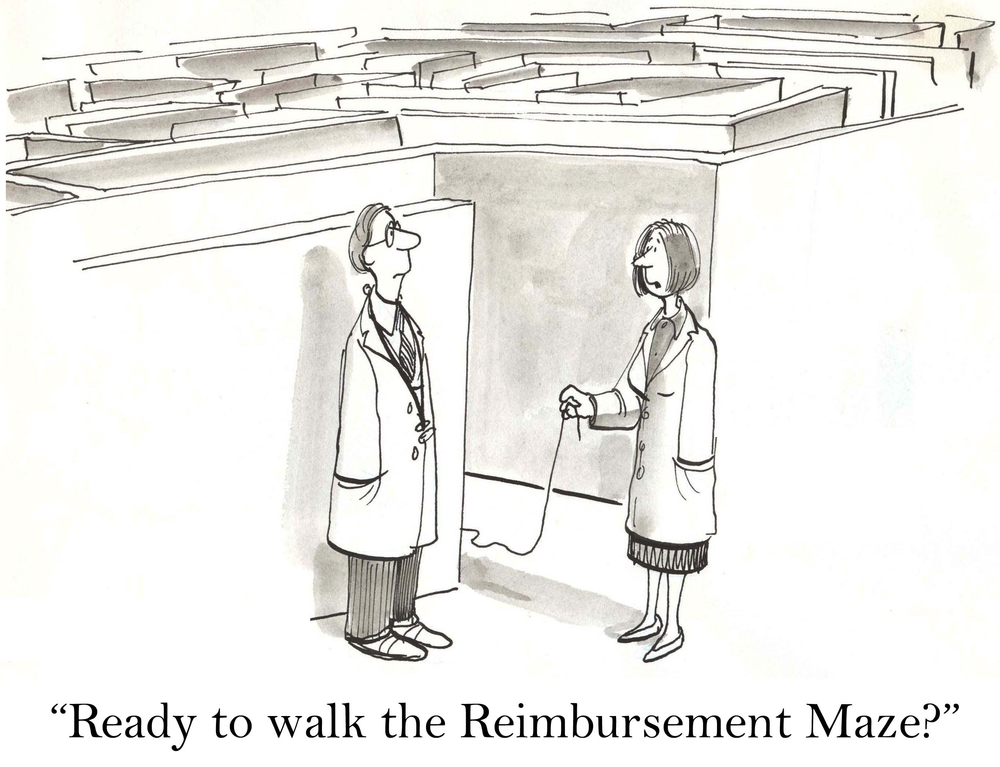Stick to these 3 tips for your E/M and lesion removal procedures.
You can report both the E/M and lesion removal if the E/M service was a significant and separately identifiable service for an E/M service with actinic keratoses (AK) removal procedure.
Always verify with your carrier before appending modifier 25 (Significant, separately identifiable evaluation and management service by the same physician on the same day of the procedure or other service) to the E/M code.
You can only consider reporting modifier 25 when coding an E/M service, says Janet Palazzo, CPC, coder for a practice in Cherry Hill, N.J. If the procedures you are reporting don’t fall under E/M services, it is possible the encounter qualifies for another modifier instead.
Have a look at the following three tips to help you report these services accurately so your practice won’t miss out on about $41 for 99201 and $80 for 17000 or more, according to national averages indicated in Medicare’s 2011 Physician Fee Schedule.
1. Know When You Should Charge an E/M
Each insurer has its own guidelines for office visits (99201- 99215, Office or other outpatient visit …) and lesion removals (17000-17111, Destruction, Benign or Premalignant Lesions). So, knowing whether to appeal an E/M denial is difficult unless you know that the service deserves payment.
You should report the office visit (99201-99215) in addition to the procedure when the dermatologist performs a significant, separately identifiable E/M service from the AK removal, especially if the patient is new to your practice.
Along with the appropriate E/M code, report any diagnoses that come with that examination, which may include more than just the AK.
For example, if a patient comes in for an initial AK visit, you should charge an E/M service, since the physician has to examine the area and discuss...





